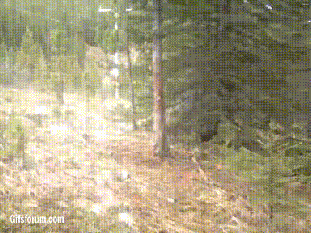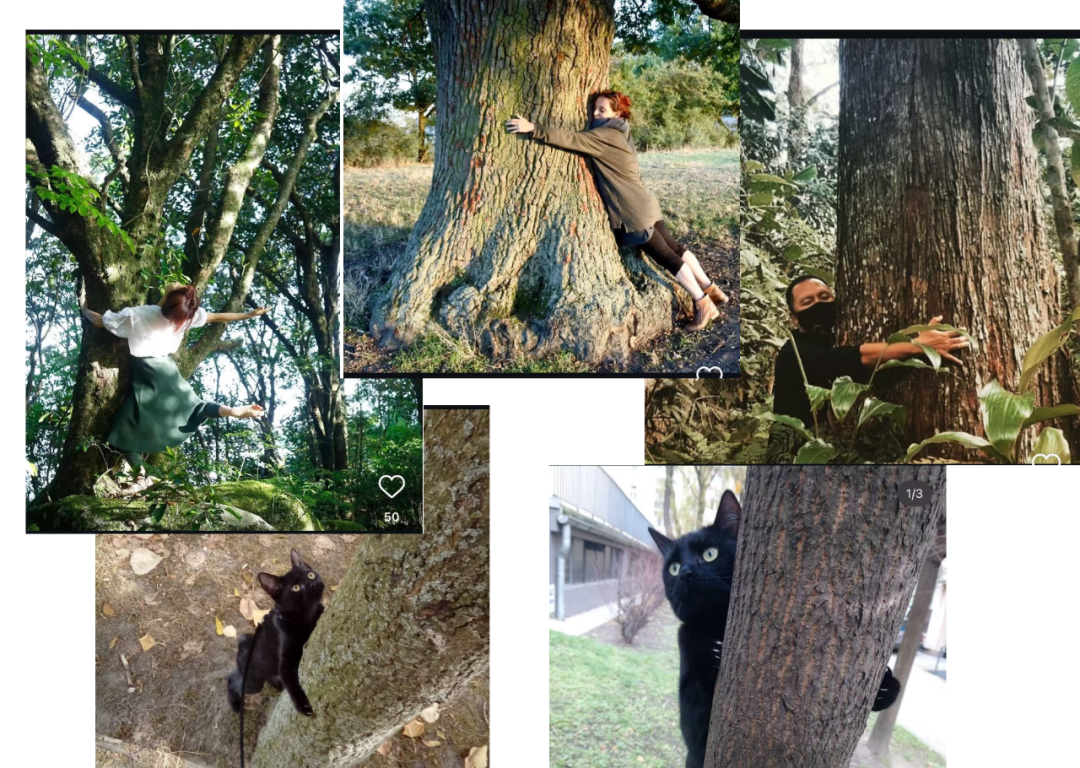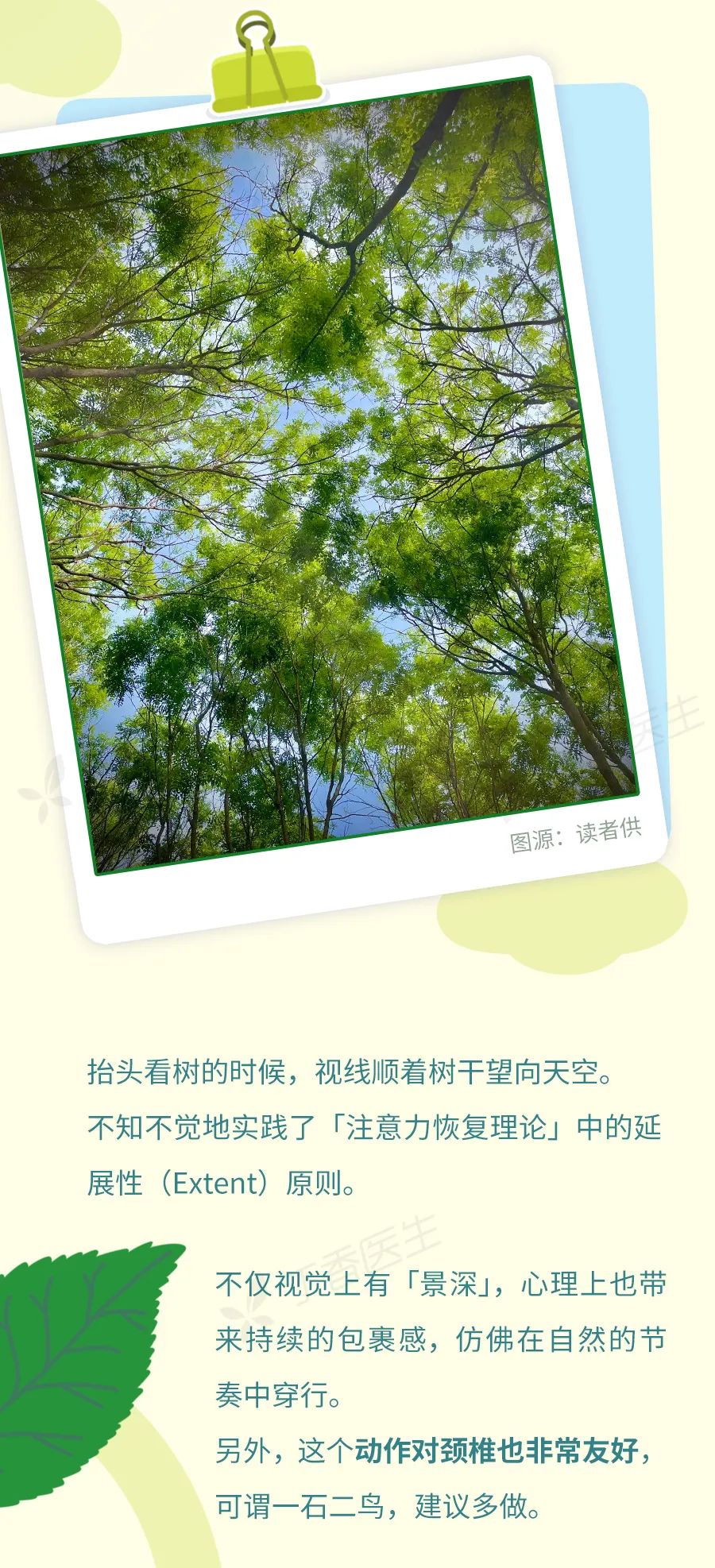“In every walk with nature, one receives far more than he seeks.” – John Muir
Introduction: The Rising Trend of Tree Hugging
In recent years, a unique wellness trend has taken social media by storm: tree hugging. Young people worldwide are forming “tree-hugging groups,” participating in tree-hugging competitions, and even sharing documentaries about their experiences. Academics, including anthropology researchers from Sichuan University, have published studies exploring this phenomenon.
But why are people turning to trees for comfort? Beyond being a quirky social media trend, tree hugging taps into a deep-rooted human need for connection—not just with others but with nature itself. This article explores the science behind why trees make us feel grounded, calm, and even empowered.
1. The Biological Need for Physical Connection
Humans are wired to seek physical touch. From hugging loved ones to petting animals, touch releases oxytocin—a hormone linked to happiness and stress relief. When human or animal companionship isn’t available, people instinctively turn to nature. Trees, with their sturdy trunks and quiet presence, become surrogate companions.
Key Findings:
- A 2023 study found that hugging trees for just 30 minutes lowers cortisol (the stress hormone) by 13.4%.
- Trees emit phytoncides, natural chemicals that boost immune function by increasing natural killer (NK) cell activity.

2. Trees as Silent Healers: The Science of Forest Therapy
2.1 Reducing Stress and Anxiety
Research from Tokyo Medical University shows that spending time near trees calms the brain’s amygdala—the region linked to stress and fear. Heart rates slow, breathing deepens, and cortisol levels drop.
Example:
A 2024 study in China analyzed 605 counties and found that areas with higher tree coverage had fewer deaths linked to air pollution. For every 10% increase in tree density, seasonal deaths from heart and lung diseases dropped by 1.09%.

2.2 Enhancing Mental Clarity
Exposure to green spaces improves focus and creativity. A 2015 review found that children near green areas showed better cognitive development, while adults exhibited sharper memory and problem-solving skills.
Tip:
Try a “micro-break” by gazing at trees for 40 seconds—it can refresh your attention span.

3. The Hidden Network: How Trees Support Each Other (and Us)
Trees are not solitary beings. Beneath the soil, they form intricate networks through mycorrhizal fungi, sharing nutrients and warnings about threats like pests or droughts.
3.1 The Underground “Wood Wide Web”
- Mature trees act as “mother trees,” supporting younger ones by sending nutrients through fungal networks.
- Even a cut-down tree stump can survive for decades if connected to nearby trees.
3.2 Lessons in Resilience
As Japanese photographer Michio Hoshino noted, “The forest’s true heroes are not the living trees but the dead ones that nourish new life.” This cycle of giving and receiving mirrors human interdependence.

4. Practical Benefits of Tree Hugging
4.1 Boosting Immunity
Forest bathing (Shinrin-yoku), a Japanese practice, involves immersing oneself in wooded areas. Studies show it increases NK cell activity by up to 50%, lasting for over a month.

4.2 Emotional Healing
- A 2024 survey found that 72% of participants felt “rejuvenated” after hugging trees, describing it as a form of meditation.
- Trees’ rough bark stimulates nerve endings in our hands, triggering oxytocin release and a sense of safety.
5. How to Practice Tree Hugging
5.1 Choosing the Right Tree
- Opt for healthy, sturdy trees like oaks or pines. Avoid trees with visible damage or insects.
- Best time: Early morning or dusk, when phytoncide levels are highest.
5.2 Mindful Techniques
- Approach slowly: Stand near the tree and take deep breaths.
- Touch the bark: Feel its texture with your palms.
- Hug gently: Wrap your arms around the trunk and hold for 5–10 minutes.
Pro tip:
Combine tree hugging with “earthing”—walking barefoot on soil to ground your body’s electrical charge.

6. Beyond Hugging: Other Ways to Connect with Trees
6.1 “Tree Gazing”
Simply looking at trees can lower stress. A 2021 experiment found that viewing forests for 15 minutes reduced cortisol levels as effectively as a short walk.

6.2 Join a Community
Cities like Helsinki and San Francisco host tree-hugging events. Check local parks or apps like Meetup for groups.
7. The Future of Urban Forestry
Urban planners are integrating trees into cities not just for shade but for mental health. Projects like Miami’s “tree tunnels” and Singapore’s vertical forests show how green spaces can combat urban stress.
Case Study:
In Shanghai, rooftop gardens with native trees reduced summer temperatures by 4°C and improved residents’ self-reported happiness by 31%.

